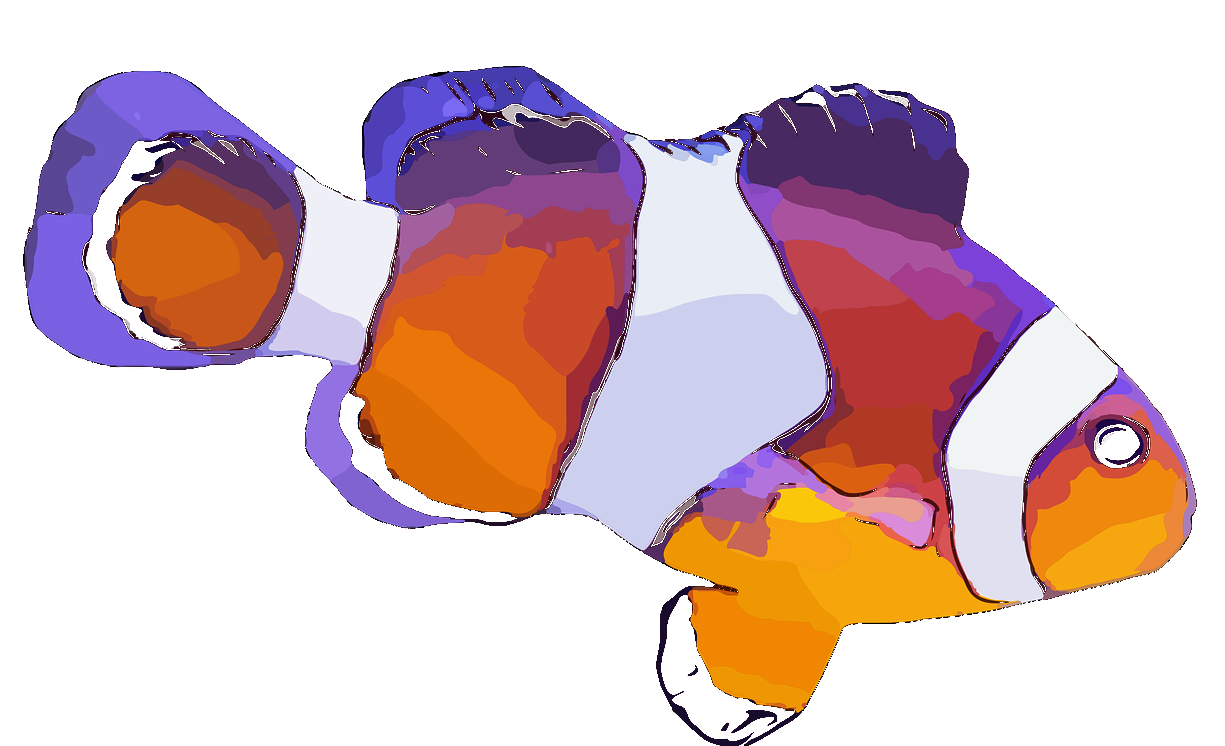Next to the wings, the engine(s) is one of the most critical components of an aircraft. Without an engine, an aircraft is no longer so. There are several critical aspects to an engine; performance, longevity, fuel efficiency, maintainability, etc.
However, if you run an airline, chief amongst those characteristics is probably fuel efficiency. After all, profit is one of the drivers in business and if you can carry the same amount of people or load from point A to point B at a reduced cost it will directly impact your bottom-line.
Hence when Boeing introduced an upgraded Boeing 737 airplane with a more fuel-efficient engine, many airlines jumped at the opportunity. Boeing sold the plane under the pretense that nothing had changed except for the improved engine. As such, training for your current Boeing 737 pilots on the new plane (Max 8) was a simple 2-hour affair. It was too good to be true…
In order for Boeing to use the new, more fuel-efficient, engine on their 737 planes, they needed to position it higher on the wing. This design decision meant the plane’s angle of attack during take-off could be too steep and result in a stall. The increased steepness was caused by the nose’s tendency to point upwards as the aerodynamics of the plane, due to the new position of the engine, were changed.
Boeing realized this and updated their software to take the new change in aerodynamics into account. The result was a new feature called MCAS. This new MCAS solution gathered information from sensors and determined if the plane’s angle of attack was too steep. If so, the MCAS would rectify it.
The MCAS was not standard in the new 737 Max 8 and had to be purchased as an extra feature, very much like you or I would purchase self-driving features (lane-assist, active cruise-control, etc) in a new vehicle. US and European airlines, where travelers are wealthier and as a result are more profitable, didn’t have a problem purchasing the extra features. Other regions, where air travel is decidedly more economical, did not pay for them. After all, the plane was supposed to behave in the same way as the old one. How much could it have changed if all that was needed to certify pilots on the new planes was a 2-hour course?
Unfortunately the plane did not behave as the pilots expected and without the MCAS in place and under stress, two crews they were not able to control their planes in time.
What is the cost of Human life vs profits? Should safety features be extra?


